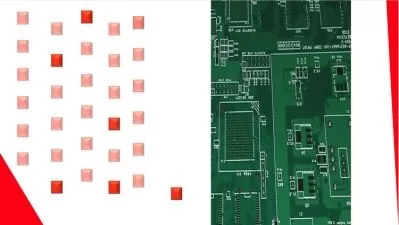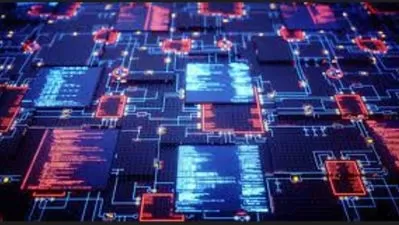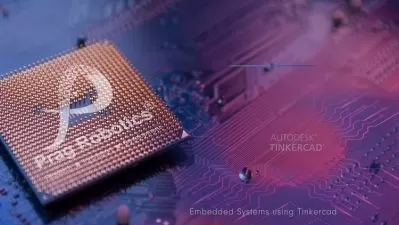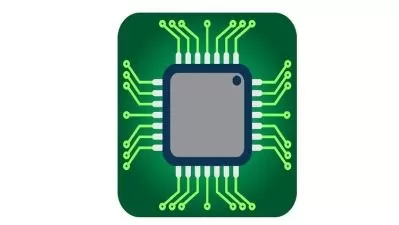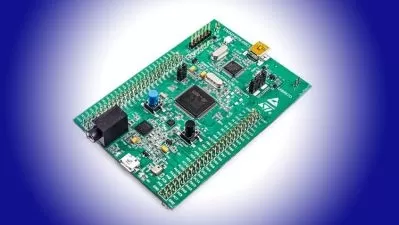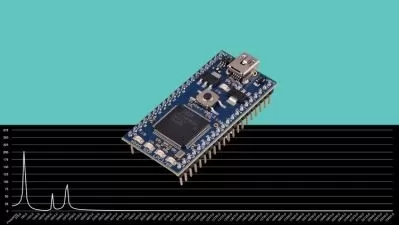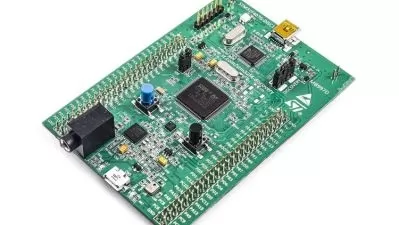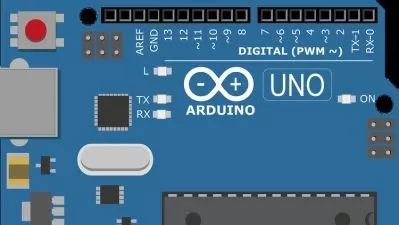About Embedded SystemsLearn More
Embedded systems are used to facilitate work automation in agriculture and manufacturing, while also enabling complex graphical user interfaces like LED and touch screens. Embedded systems are everywhere, from home thermostats to work environments.
Sort by:
Sorting
The newest
Most visited
Course time
Subtitle
Filtering
Courses
Subtitle
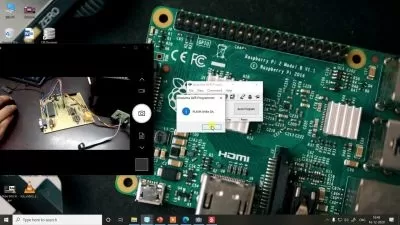
SkillShareStart Learning Embedded Systems With AVR Atmega32 Controller
7:32:33
English subtitles
01/14/2024
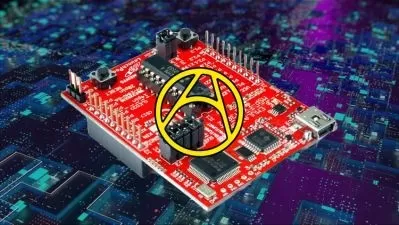
Udemy


Afterclap Academy
Embedded Systems - Introduction to Microprocessors - MSP430 7:51:40
06/06/2023
Books
Frequently asked questions about Embedded Systems
An embedded system is an electronic computer circuit that includes a central processing unit with computer code that handles a specific task within a larger, functional system. Embedded systems typically run on microprocessors and microcontrollers. They can take input from peripheral devices that sense or detect changes in external situations that influence their function. For example, an embedded system can regulate temperature for a central heating system. Unlike a standard computer, which has many general uses, embedded systems are specialized, making them more effective and efficient for their designed task.
Embedded systems remain incredibly common. Most individuals will encounter them daily, both at home and at work. Embedded systems appear in cars, watches, appliances, heating and ventilation systems, automatic teller machines, medical devices, cell phones, and other electronics. In general, electrical or computer engineers and computer programmers work most directly with embedded systems. Electrical and computer engineers can design the underlying electronics, while software engineers can write the programming code necessary for them to function. However, embedded circuits remain so common that people in many professions, from airline pilots to surgeons, will still interact with multiple embedded systems in their work environment daily.
Specialized embedded systems typically use microprocessors or microcontrollers with a central processing unit (CPU), require software programming, stay cheaper to implement, use less power, and remain smaller than more general use systems. Engineers first manufactured microprocessors for general use. Over time as costs came down, microprocessors and microcontrollers became available to solve specific needs. These cheaper microcontrollers and microprocessors are easily programmed to do specific tasks, like temperature control or signal processing, allowing for increased flexibility with additional features over electronic circuits that do not contain a CPU. With embedded systems, features can be implemented in software, eliminating the need for additional electronic circuitry and reducing the size and power utilization of the device. Since embedded systems run on computer code, different product models and upgrades are possible without designing a whole new system.









